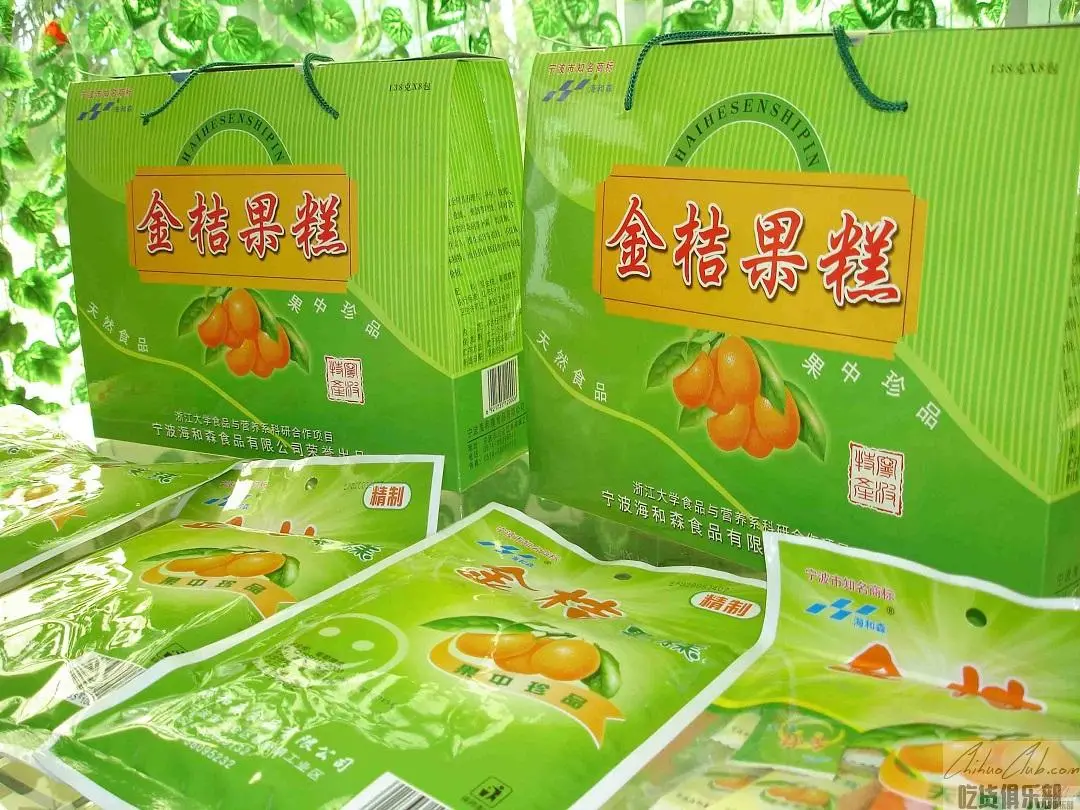
Ningbo kumquat
-
Update date::
-
Date of protection::
-
Protected range:The scope of protection of Ningbo Kumquat GI products is based on the scope proposed by the People's Government of Beilun District, Ningbo City, Zhejiang Province on the scope of protection of geographical indication products of Ningbo Kumquat (Lunzheng [2005] No. 97), which is Ningbo City, Zhejiang Province. Beilun District has jurisdiction over the administrative area.
-
Related origin:zhejiang ningboshi ningboshi-beilunqu ningboshi-baifengjiedao ningboshi-baoshuiqu ningboshi-chaiqiaojiedao ningboshi-chunxiaojiedao ningboshi-daqijiedao ningboshi-daxiejiedao ningboshi-guojujiedao ningboshi-meishanjiedao ningboshi-qijiashanjiedao ningboshi-xiaogangjiedao ningboshi-xiapujiedao ningboshi-xinqijiedao
-
Category:
Kumquat is native to China, and there are more than 1600 years of written history. The feudal era used to be a tribute. According to Shen Ying's "Property in the Sea Waters" (3rd century AD): "Chicken oranges, as big as the fingers, Yongning (now Taizhou, Zhejiang)." In addition, there are many books in the Western Han Dynasty Liu Xiang, "Lian Xian Chuan", Western Jin Yugong, "Guang Zhi" and other books. In the Tang and Song Dynasties, kumquat has been widely cultivated.
Ningbo kumquat has a long history of cultivation. In the Yuan Dynasty, there were records of "Golden Oranges are out of Cixi, and those who are full of frost." Ming Jiajing (1522-1566) "Zhejiang Tongzhi" said that "Ningbo Jindou orange shaped like beans, sweet and fragrant than big orange." Qing Chen Fu transcript "Flower Mirror" (1688) contains: "Golden orange, a kumquat, prolific in Jiangnan Taicang and Zhejiang's Ningbo". At the time of Guangxu, people also said that "the gold bomb produced by Wuxian is the most sweet, and the taste of milk is the second...". Ningbo became the main producing place of kumquat, cultivated and prospered in the late Ming and early Qing dynasties, and sold to Shanghai, Hangzhou, Suzhou and other places. It still has more than 120 hectares in the early years of liberation and reached hectares in 1961. Now only the area of Kumquat in Beilun District of Ningbo City has More than 700 hectares, annual output of 5,000-7,000 tons. In the "Compendium of Materia Medica", the consumption of kumquats is supplemented with the same tonic, the same as the laxative, the same as the ascending drug, and the same with the lowering of the drug. Chinese medicine believes that kumquat has qi, supplement, detoxification, digestion, Dispelling cold, phlegm, sobering, etc., can be used to treat chest tightness, drunkenness, indigestion, loss of appetite, cough and asthma.
Ningbo Jingan quality technical requirements (a) varieties. Fine variety of Fortunella crassifoliaSwingle series. (2) Soil conditions. The cultivated soil is gravel or sandy loam. The thickness of the soil layer is ≥80cm, the soil is fertile, the organic matter content is ≥2.0%, and the pH value is between 5.0 and 6.5. (3) Cultivation techniques. 1. Nursery: grafting and breeding. The clam shell is used as the rootstock, and the fine variety of the golden bullet series is the scion. The grafting method is used to cultivate the qualified seedlings. 2. Construction: Planted in spring or autumn, planting ≤1900 plants per hectare. After planting, strengthen fertilizer and water management and protection measures in a timely manner to improve the survival rate of seedling planting. 3. Plastic pruning: The tree shape adopts a natural round head shape; the winter pruning is combined with the summer pruning, and the pruning method is adopted, which is weak, strong, and thin, and supplemented by short cuts, keeping the inside of the canopy ventilated and light, and the tree is strong. , high quality and high yield. 4. Fertilizer and water management: Young trees are mainly fertilized with nitrogen fertilizer and appropriate amount of phosphorus and potassium fertilizer; mature trees are mainly fertilized with organic fertilizer, and appropriate amount of inorganic fertilizer is applied. The annual application rate of organic fertilizer is ≥30 tons per hectare, combined with chemical application Fertilizer, N, P2O5, K2O ratio is 5:3:4. In the rainy season, it is necessary to drain the ditch in time. In the summer, the grass on the tree floor will cover the grass and keep water. 5. Canopy management: balance the crown, improve the ventilation and light conditions, remove the waste branches, thin the flowers and fruit, maintain the balance of branches, leaves and fruits to achieve high quality and efficiency. 6. Harvesting: Harvesting is carried out in the middle and late November, when the fruit surface is turned to 50%, the yellowing is selected, and the harvest is divided in batches. (4) Quality characteristics. The object of protection is fresh fruit. The peel is smooth, the fruit shape is correct, and the flavor is crispy and sweet. The sensory and physical and chemical indicators are shown in the following table: indicator grade physical and chemical indicators sensory indicators soluble solids (%) total acid (calculated as citric acid) (%) single fruit weight (g) edible rate (%) appearance form special grade ≥ 11.0 ≥ 0.5 ≥15≥90 fruit round, peeled golden yellow grade I ≥ 9.5 ≥ 0.4 ≥ 12 ≥ 90 fruit spherical, allowing a small amount (≤ 5%) of ellipsoidal fruit, orange peel
Apply to:
Producers within the scope of protection of Ningbo Kumquat GI products may apply to the Beilun Branch of Ningbo Quality and Technical Supervision Bureau for the use of “Special Marks for Geographical Indication Products”, which shall be approved by the General Administration of Quality Supervision, Inspection and Quarantine.